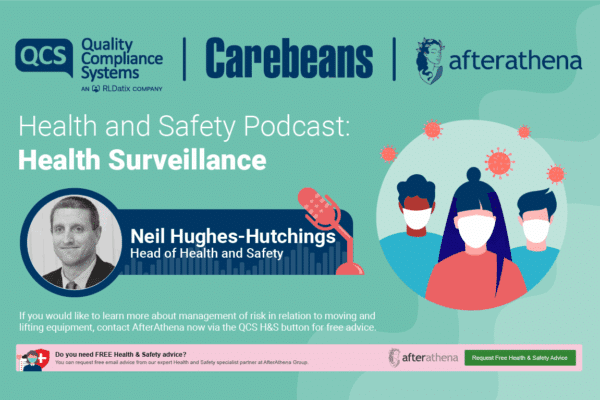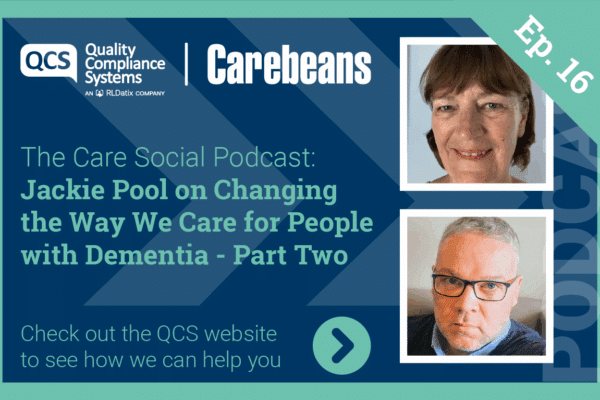
Considerable work is being done through a partnership in Scotland on this problem. Highland, West Dunbartonshire and Dumfries and Galloway seconded staff to assist in developing practice in falls and fracture prevention, and have formed local networks to continue to support improvement work through these local links. A resource is being developed to assist carers and caring staff, which the project hopes to release in June 2015.
Risk factors
Among the many factors which might cause a fall and injury are:
- Footwear: ill-fitting or otherwise unsuitable footwear can interfere with a person’s walking ability. Footwear should always be checked for suitability for what the person is doing on the day.
- Floor surfaces: carpets can have a pile that can cause extra drag on the feet. Some smooth floors present a risk of slipping, particularly if polished or if fitted with rugs or mats.
- Issues of strength and fitness, poor foot care or disorientation of the person can cause instability with increased risk of falling.
- The environment should allow sufficient space, with support such as rails on the wall and other aids to mobility.
- The person’s level of activity may be relevant: if the person is not often mobile during the day, then leg muscles may be weak or dizziness on standing or walking can occur.
- Dehydration or poor nutrition may affect a person’s balance, with increased risk of falls and injury.
Managers of care settings should aim to minimise falls because of the risk of serious injury. Every fall must be taken seriously, with first aid/medical help provided as needed. Also each fall must be seen as an accident, and recorded and analysed for causes in the same way as any other accident. Any risk assessment must be updated after a fall, with extra preventive measures put in place. Of course, if there is no prior risk assessment, then one must be started, with a recorded date for review. The overall incidence of falls should be monitored as this will assist in developing an effective falls prevention strategy.
‘Everyone’s business, everyday’
Staff on the above project say: ‘the key to success is to make falls everyone’s business every day. Analysing falls on an individual and care home level is vital. Taking action following analysis and sharing this with other staff helps reduce falls. Using the expertise from the wider health and social care team is important.’
Links:
National Managing Falls & Fractures in Care Homes for Older People Project
College of Occupational Therapists: living well through activity in care homes: the Toolkit






